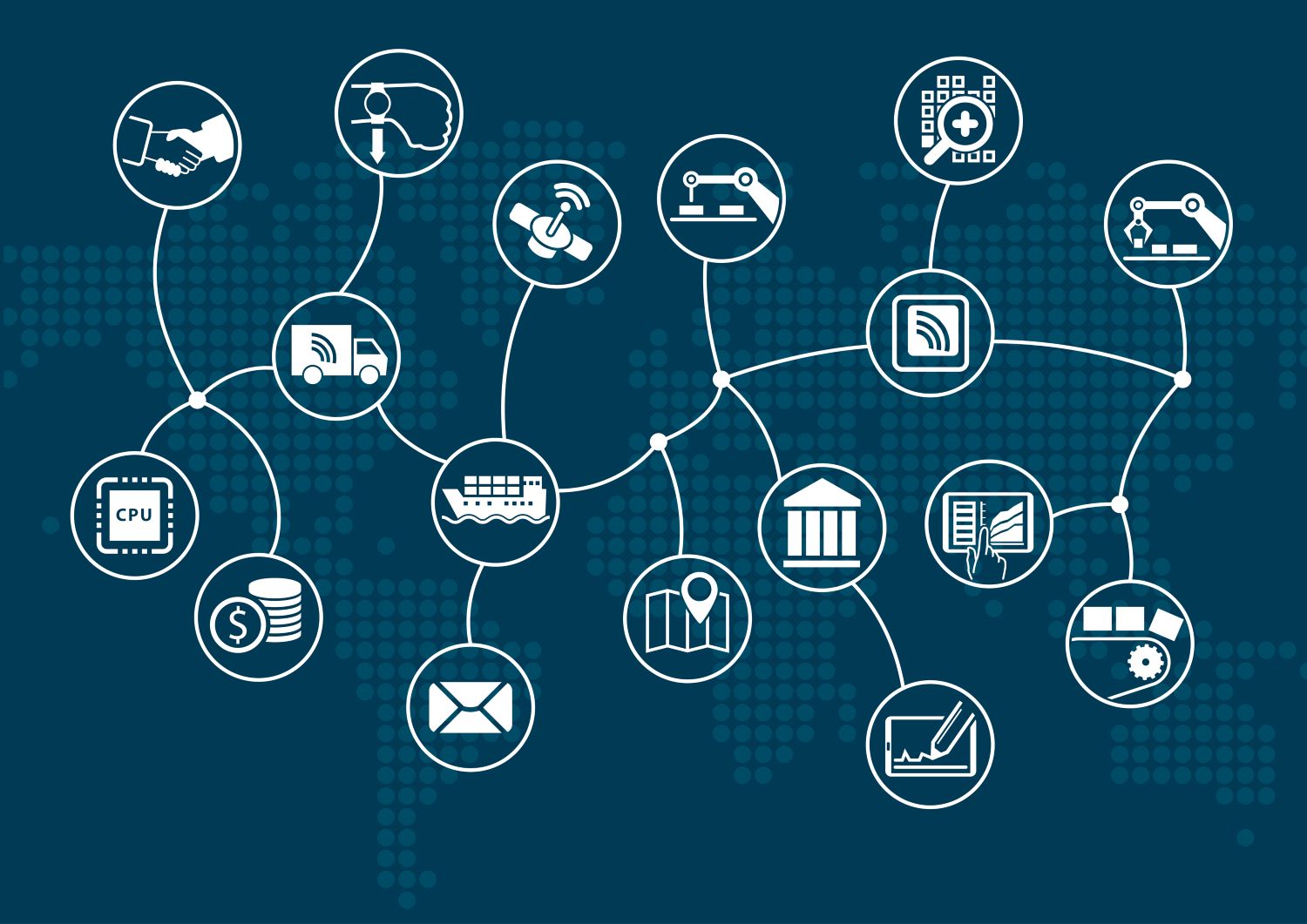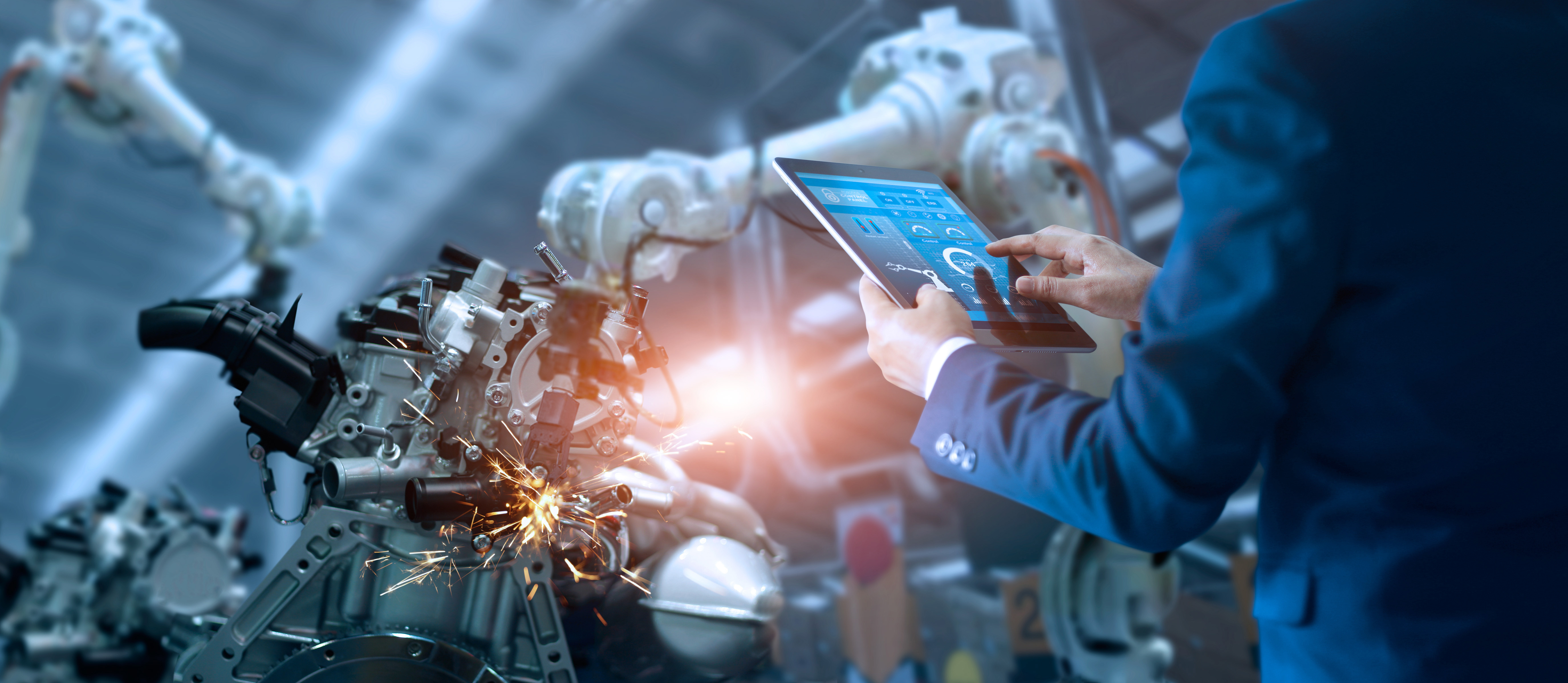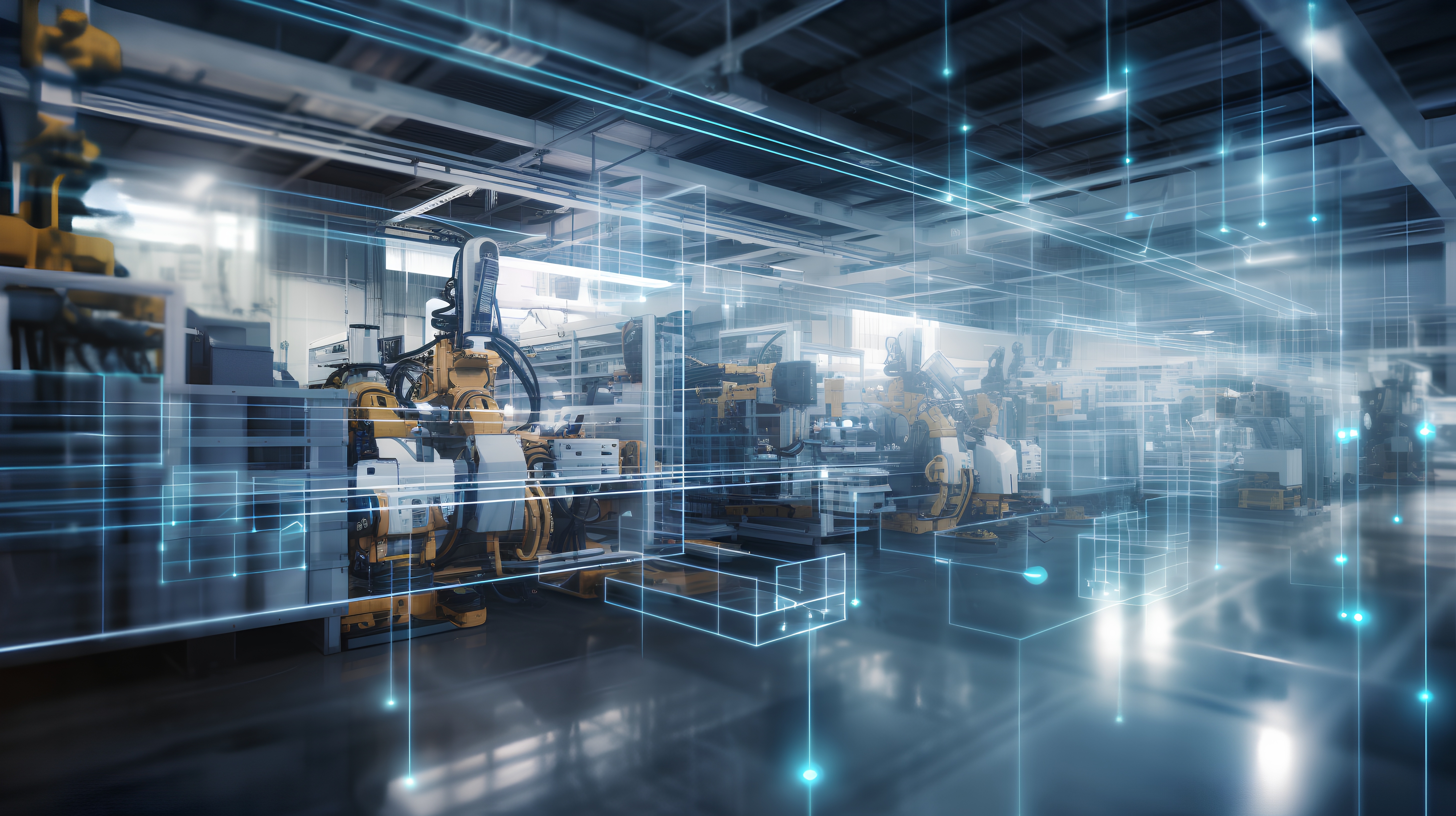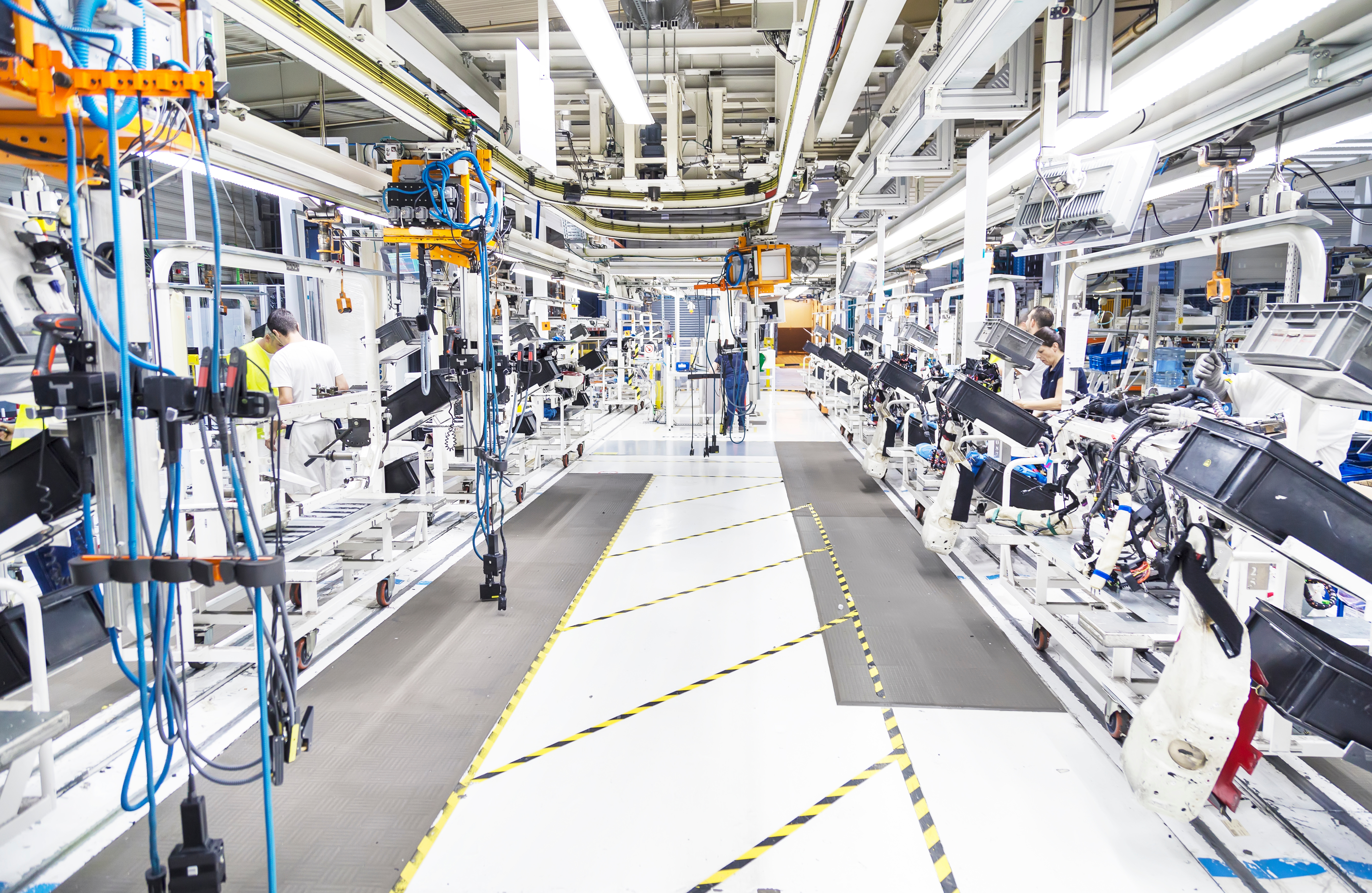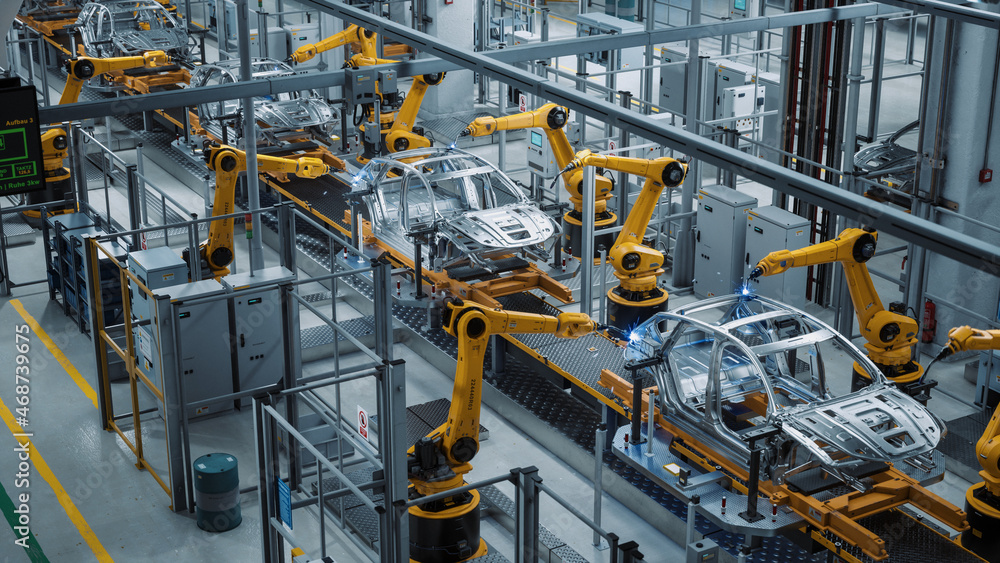Robotics on the Rise
As automation becomes more common within the manufacturing industry the number of manufacturers using robots to assist in daily manufacturing operations is increasing. A recent report from the International Federation of Robots (IFR) emphasizes the increased implementations as well as future predictions for 2020. According to the IFR, the number of robots within factories in 2020 will be double the amount it was 7 years ago. The rise of robots in factories brings advantages as well as new challenges.
 Robots Replacing Jobs
Robots Replacing Jobs
Understandably, some people have concerns about robots leading to unemployment for factory workers. While robots will take on jobs that were once held by humans, they will not completely replace every human task. According to IFR “Tasks requiring high levels of creativity, empathy, persuasion, an understanding of which knowledge to apply in which situation to reach a productive decision and a high level of sensorimotor skills are considered unlikely to be automatable in the near future.” Many of the jobs that robots will perform are jobs that are mundane and very repetitive. As a result, the rise of robots within the manufacturing industry will allow humans to move on to more complex positions and lead to the creation of new jobs. So while robots will replace certain jobs, they will also create new ones.
Advantages of Automation
The biggest advantage of robots in factories is an increase in productivity. These machines have the ability to work around the clock allowing them to produce more than human workers. They will not require sick days, vacation time, or lunch breaks and will only be inactive for occasional maintenance. They also don’t have to be compensated past the initial investment, eliminating concerns associated with pay. Another benefit associated with robots is that they do not have to be trained. Once the software is installed they are ready to go until its time for maintenance or an upgrade. Lastly, Robots can take on hazardous human tasks and prevent potential accidents.
Challenges of Robotics
The initial investment for robots can be very expensive. The price of an industrial robot falls between $50,000 and $150,000 depending on function. An additional challenge may be that given factories are not optimized for automation. Implementing automated robots forces automakers to rethink their manufacturing process. Additionally, the jobs that robots will replace, will force employees to be trained in more complex positions.
Insequence Corporation
Insequence is a leading provider of sequencing and manufacturing software solutions. Easily tailored to individual facilities, their software’s modular design can fulfill requirements no matter the size or complexity of the system. This results in a standard sequencing system, SPD Pro that is more complete and capable than any other solution. In addition to just-in-sequence (JIS), Insequence provides MES, Inventory Management, and SCADA solutions.
With experience throughout the Americans and Europe, plus over 20 standard automotive OEM interfaces and 24 x 7 x 365 customer support, Insequence is at the forefront of supply chain software solution providers. As a result, they still work with their original customer from 1996.
GO WITH THE PRO.
GO WITH INSEQUENCE.
The Company That Pioneered End-to-End Manufacturing.



